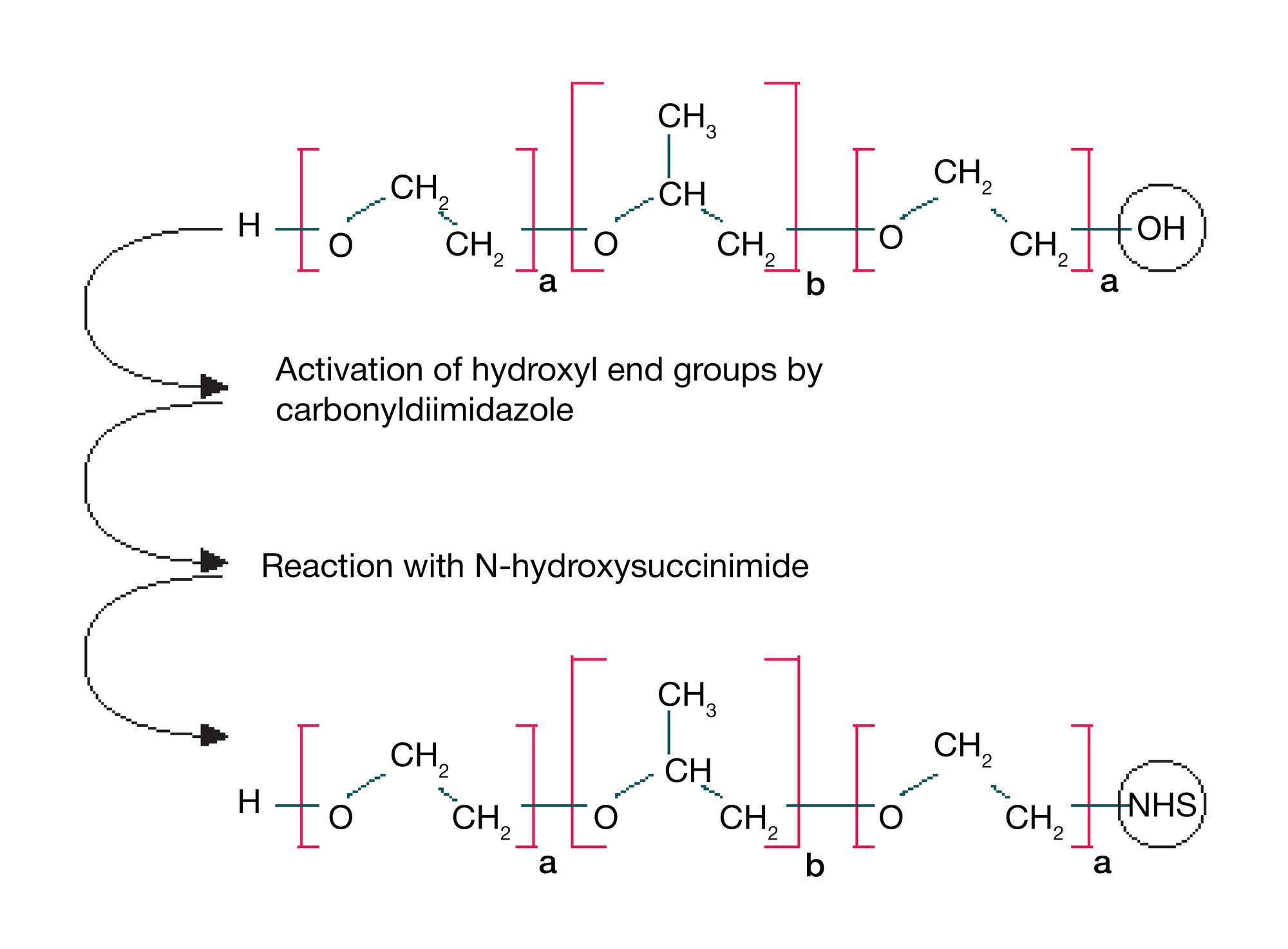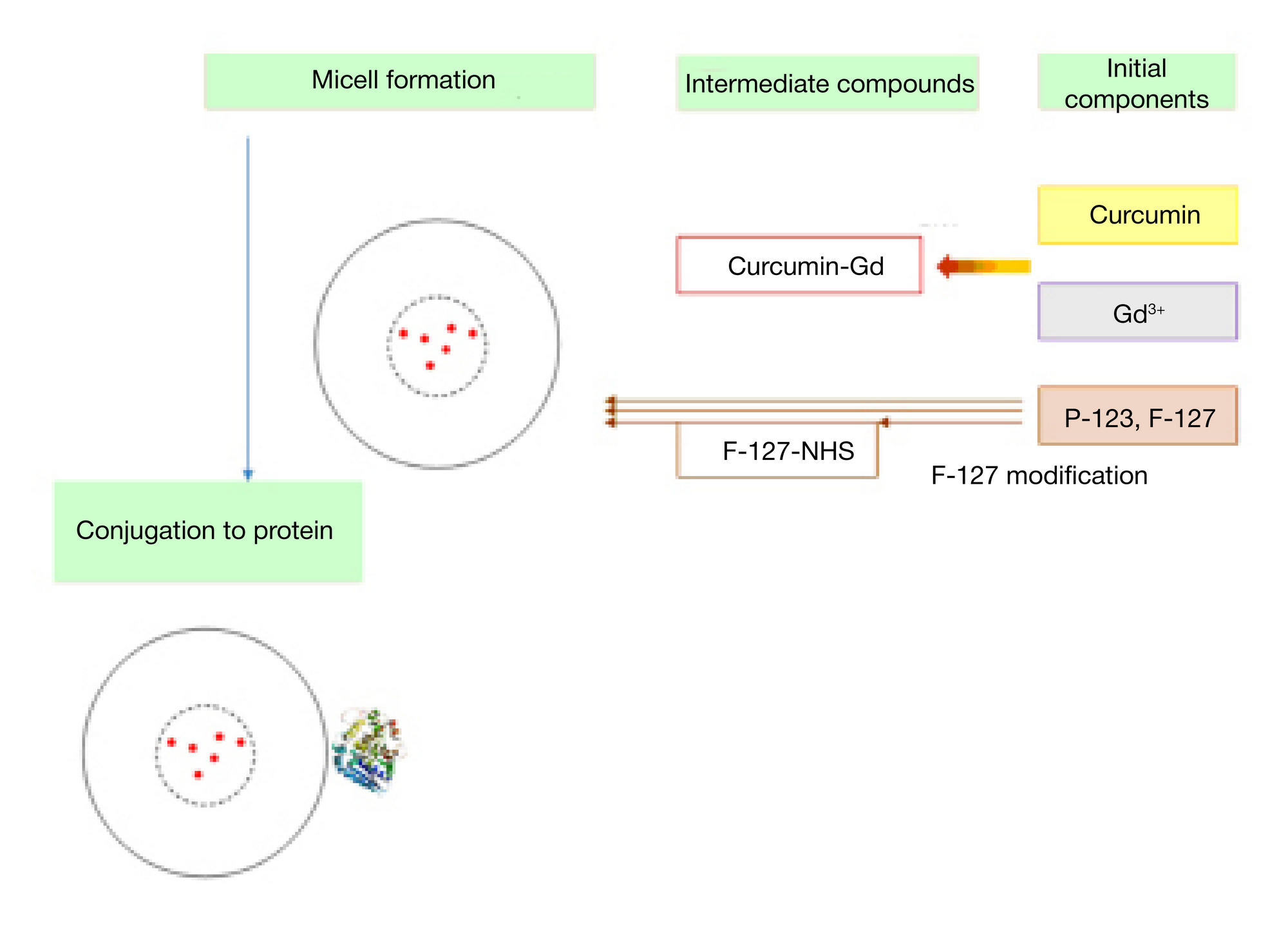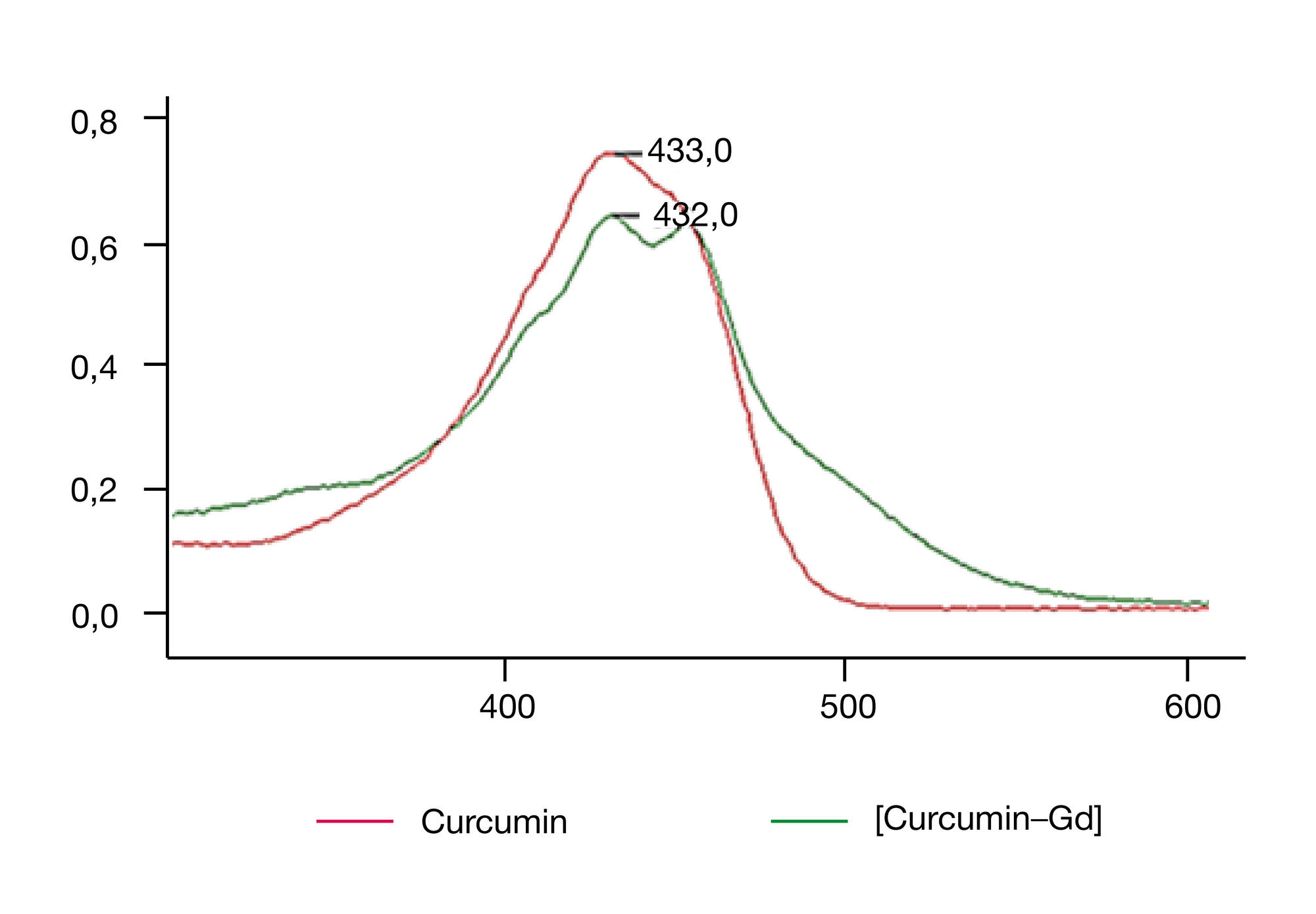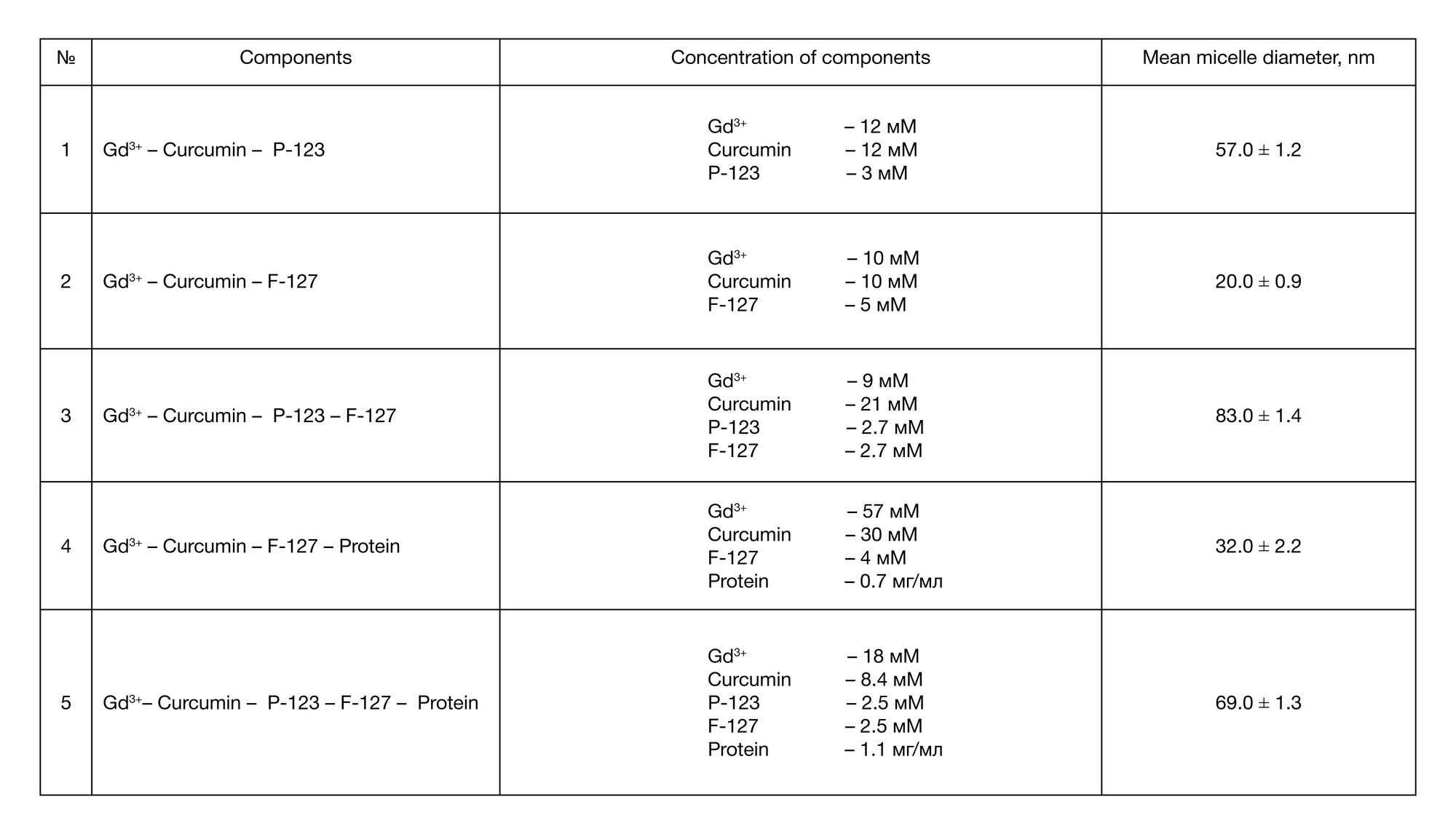
This article is an open access article distributed under the terms and conditions of the Creative Commons Attribution license (CC BY).
METHOD
Gadolinium- and curcumin-loaded micelles based on α-fetoprotein functionalized amphiphilic block copolymers
1 Laboratory of Radionuclide and Beam Technologies in Experimental Oncology,N. N. Blokhin Russian Cancer Research Center, Moscow, Russia
2 Laboratory of Light Sensitization,N. M. Emanuel Institute of Biochemical Physics, RAS, Moscow, Russia
Correspondence should be addressed: Natalia V. Pozdnyakova
Kashirskoe shosse, d. 24, Moscow, Russia, 115478; ur.liam@2002optan
Funding: the study was supported by the Ministry of Education and Science of the Russian Federation (Grant Agreement no.14.607.21.0133 dated October 27, 2015, Project ID RFMEFI60715X0133).






